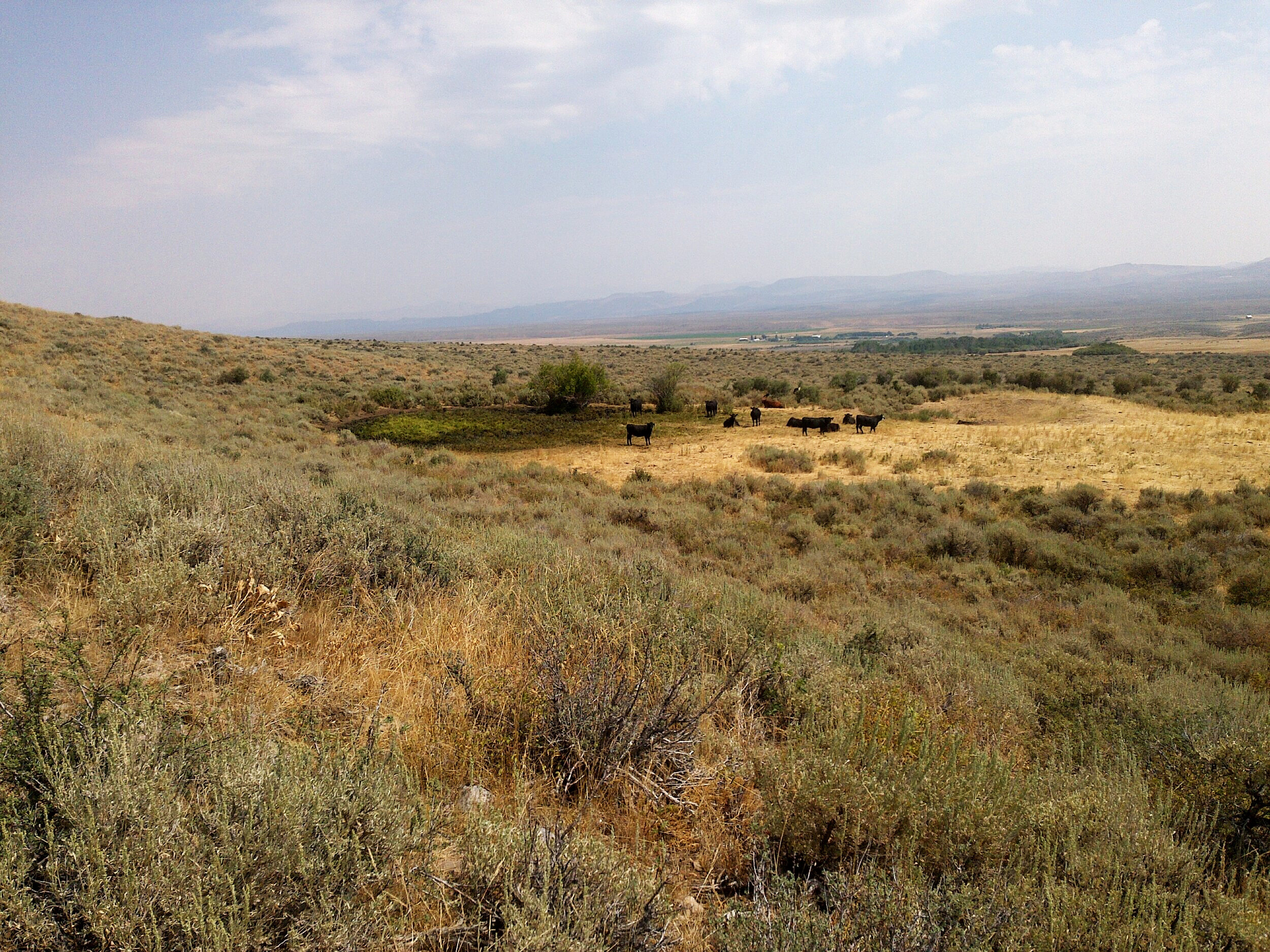What are Springs?
Springs are places where groundwater is exposed, often flowing from the Earth's surface. These waters are sourced from underground aquifers or water tables, meaning that they are groundwater-dependent. In some cases, the waters emerging from a spring may have traveled long distances, taking tens, hundreds, or even thousands of years before they reach the surface.
There are many different types of springs. Twelve types of springs emerge into both terrestrial and aquatic environments ranging from deserts to forests, and even the floors of rivers, lakes, and oceans. They can be either perennial with constant outflow, or ephemeral and have seasonal or erratic emergence intervals throughout the year. Their flows may be immeasurably small (usually referred to as seeps), or incredibly large, often creating rivers or lakes.
All of the Earth's water is recycled through submarine vent springs every 8-10 million years. Though springs are often valued for the high quality of their water, some springs discharge non-potable water, heavily laden with salts and minerals. Temperatures also range. Some spring water can be quite cold, or may exceed 500 degrees Celsius. These temperature variances and ionic content of the water reflect the flow path and geologic setting of the aquifer that sources the spring.
Emerging in many forms, springs are said to be windows into the Earth. They are also some of the most sensitive indicators of global climate change. Despite the relatively small area of springs within the landscape, these ecosystems support more than 20 percent of the endangered species in the United States, as well as a high number of rare groundwater-dependent species. In addition, they hold great cultural significance for many indigenous cultures throughout the southwestern United States and the world. Thus, they play a vital role in the health and longevity of our society as well as our planet.
Until recently, very little research has focused on springs ecosystems or their dependent species. Nor has there been a systematic effort or methodology for comprehensive ecological assessment resulting in problematic, if not impossible, data acquisition, analysis, and monitoring of springs. There remains a gap in a consistent terminology, classification, and methodology, with no standardization yet accepted. Existing information is often minimal, fragmented, and largely unavailable to researchers, land managers, and conservation organizations.
This lack of information and attention to springs ecosystems has resulted in the loss of many springs through poor groundwater and land use practices, with estimates in some landscapes exceeding 90 percent. Losing springs habitat constitutes a global environmental crisis. However, there are still opportunities for recovery. If the supporting aquifer is not impaired, springs ecosystems can be rehabilitated and restored. The goal of SSI is to bring more contributors into the picture, to foster communication, and to help improve stewardship of the Earth's springs.
Human Activity
Human activities have greatly reduced the ecological integrity of many wetland, riparian, and springs ecosystems through competing exploitative uses, including groundwater pumping, diversions, fuel wood harvest, recreation, livestock grazing, mining, and wildlife management. Many springs have been lost due to the construction of roads and buildings. Assessment and understanding of human impacts at springs is only now emerging.
Environmental
Others have been depleted by expanding populations of native and non-native species. Invasive plants and animals often overwhelm native species, disturbing springs’ ecological health. Overall estimates of springs and riparian habitat loss range from 40% to 93% in the arid southwestern United States. As a result of these impairments, relatively few springs ecosystems remain intact. Unaffected springs lie in remote and inaccessible areas. However, climate change may also profoundly affect the flow to these springs.
SSI faces many challenges in its effort to improve stewardship. One of the greatest among these challenges is inadequate information management. In spite of the critical nature of water, particularly in arid climates, many springs remain unmapped. Land managers and conservation organizations cannot protect these ecosystems without this most basic information—their geographic location. What little information exists is fragmented and therefore largely unavailable to researchers, land managers, and conservation organizations.
SSI is committed to developing technological tools to promote springs research, and making them available to a broad range of managers and the public. Although we are currently applying these technologies primarily to springs in the arid West, we are using current projects to demonstrate how they can be applied to springs in other climates and throughout the world.
Much hyperbole touts the notion of sustainable ecosystem management – forests that can be perpetually farmed for trees, ocean fisheries that can be forever exploited despite enormous impacts of by-catch, and rangelands that can forever withstand intensive livestock grazing. Most of the hype over sustainability has arisen after it’s too late. The ecosystem damage has been done. Yet the demand for resources grows and we are forced to reconceptualize our justification for the ecological overdraft.
Yet, if a spring's source (aquifer) remains intact, successful restoration is possible. An excellent example of this is the U.S. Bureau of Land Management’s collaboration with the Grand Canyon Wildlands Council in the rehabilitation of Pakoon Springs in northwestern Arizona. This former ostrich and cattle ranch is one of the largest springs on the Arizona Strip, and was sold to the BLM in 2005. After removing an alligator and more than 100 tons of scrap metal, ostrich stalls, and numerous rundown ranch buildings, the restoration team reconfigured the landscape and replanted native wetland and riparian plants and trees. Within one year of the geomorphic rehabilitation, native wetland vegetation quickly began to regrow across the site and native insects, amphibians, reptiles, birds, and mammals recolonized the former ranch site. Today, the recovery of native species has created one of the finest patches of wetland-riparian spring habitat on the Arizona Strip.
Many other examples of successful springs restoration projects across the United States demonstrate that springs are extraordinarily resilient, provided groundwater flow is maintained. Because this is the case for a great many springs, there is much hope for improved springs management for both natural ecological function, while still providing goods and services to springs stewards.




